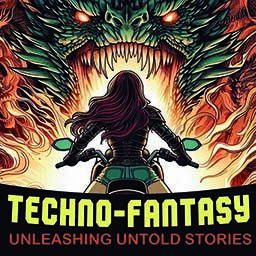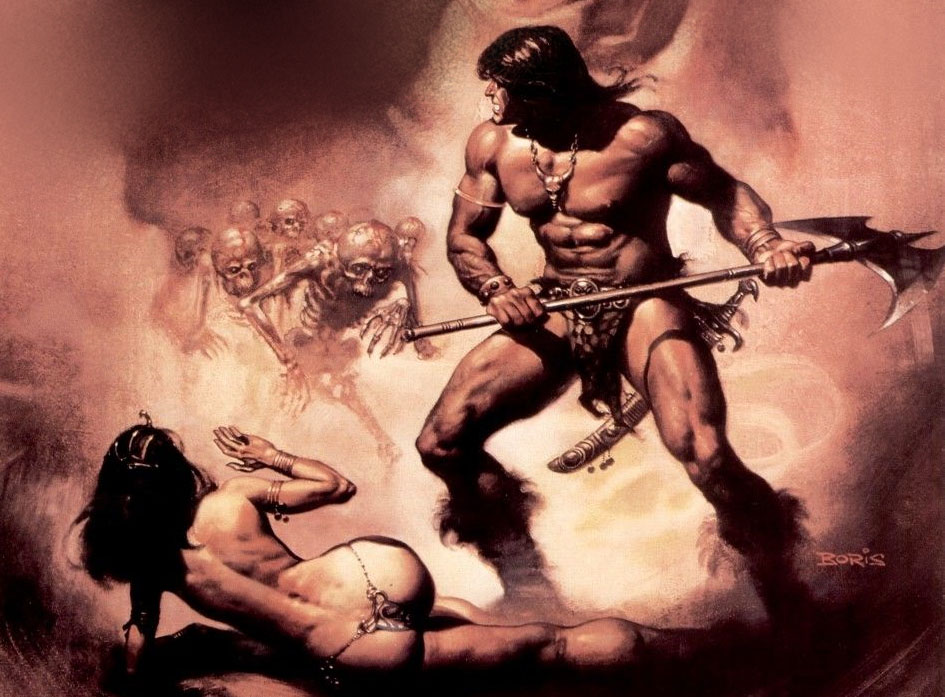The Comic Adaptation of the Character by Marvel Comics and Changes of Publishers
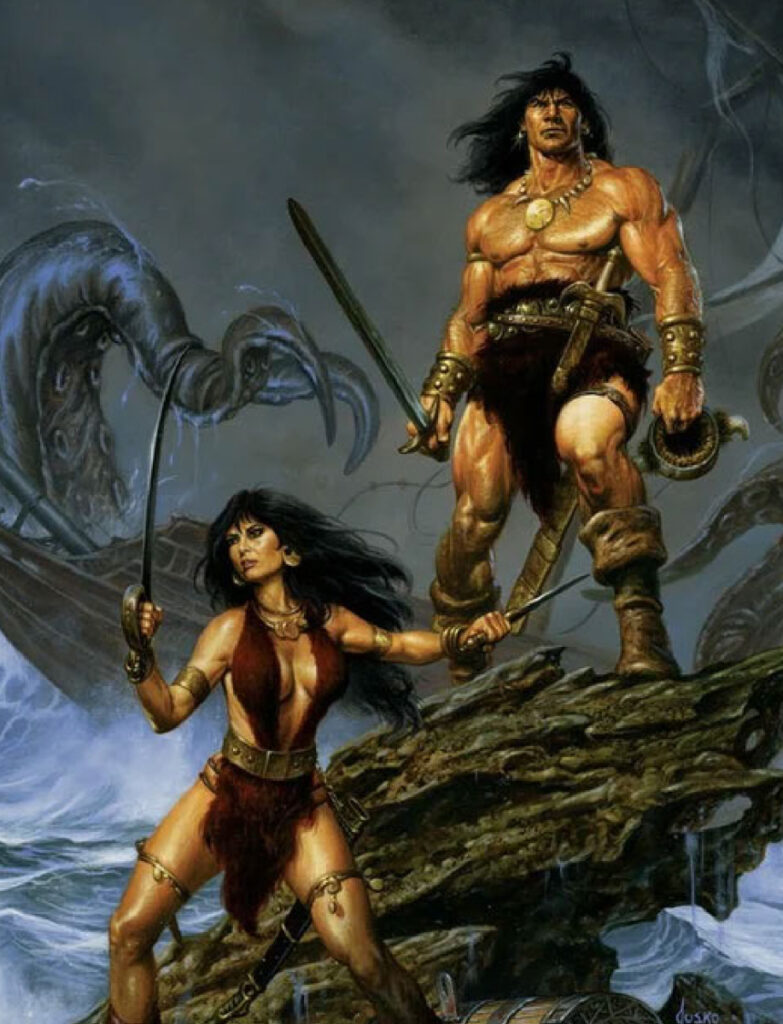
Excerpt from “Conan: The Queen of the Black Coast”:
“I have known many gods. Those who deny them are as blind as those who trust them too deeply. Maybe what really exists beyond this life is the darkness argued by the Nemedian skeptics, or the ice and cloud realm of Crom, or the snowy plains and the halls of Valhalla of the Nordheimers. I do not know, nor do I care. Let me live deeply while I live; let me taste the rich juices of red meat and spiced wine on my palate, the warm embrace of pale arms, the mad exultation of battle when blue blades flash, and then I will be content. Let teachers and philosophers ponder over matters of reality and illusion. This I know: if life is an illusion, then I am no less an illusion, and being so, the illusion is real to me. I live, I burn with life, I love, I kill, and I am content.”
The Comic Book Adaptation of Conan
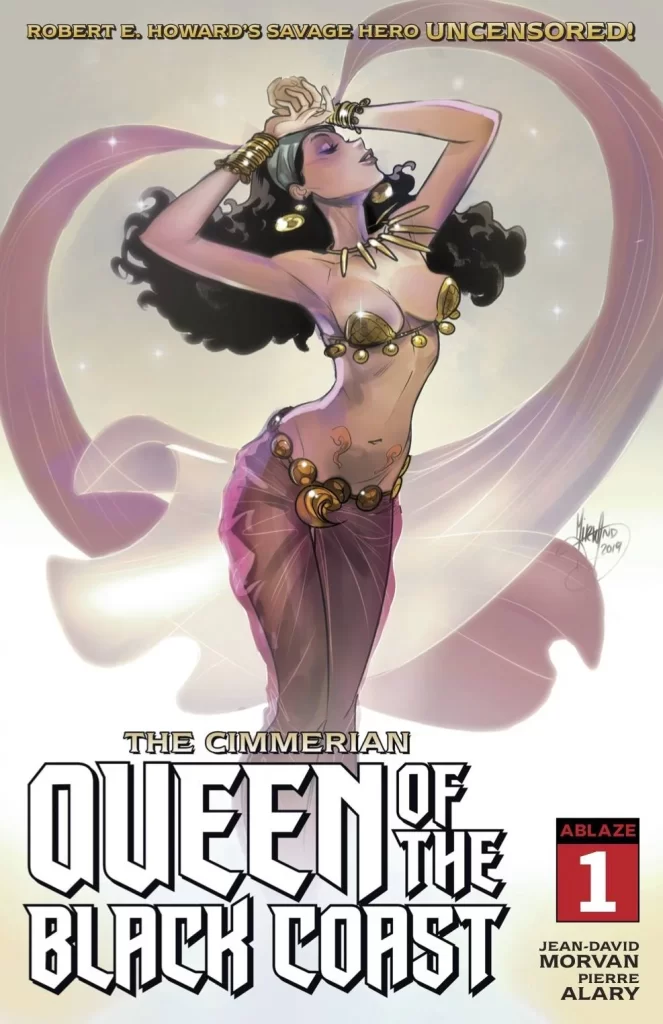
La Reina de la Costa Negra
The first comic book adaptation of a Conan story was La Reina de la Costa Negra (adapted from the original Conan story, “Queen of the Black Coast”) in the Mexican pocket magazine Cuentos de Abuelito #8, published by Corporación Editorial Mexicana, S.A., in 1952. The series introduced the main characters, Conan and Bêlit, although Conan is depicted with blonde hair instead of black. Issues 8 through 12 adapted Howard’s original story, while subsequent issues featured original material. The series ran in nearly every issue of Cuentos de Abuelito until issue #61. An independent La Reina de la Costa Negra series was published by Ediciones Mexicanas Asociadas from 1958 to 1959, running for at least eleven issues. Between 1965 and 1966, Ediciones Joma published a La Reina de la Costa Negra magazine with at least 53 issues.
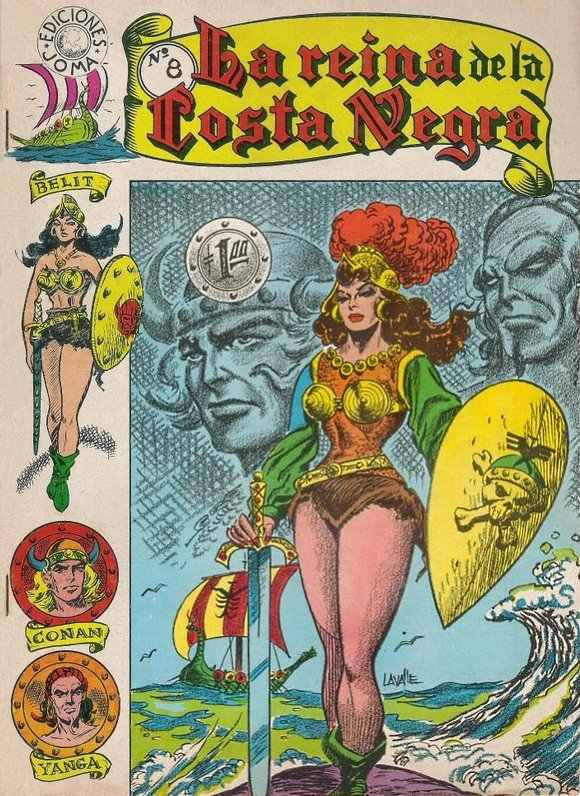
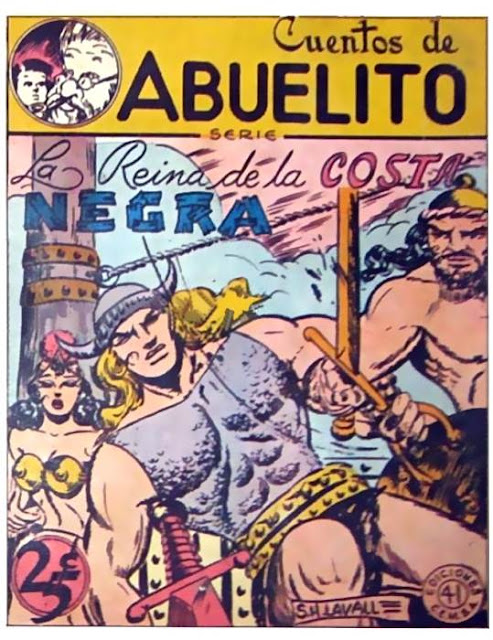
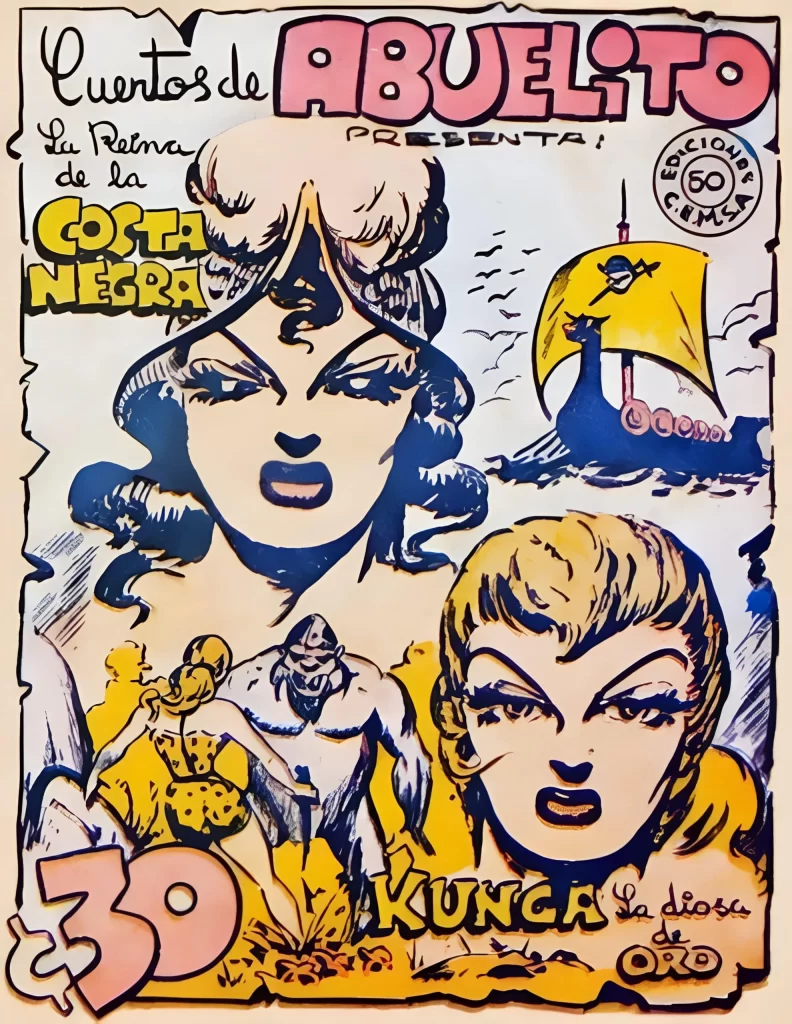
The Marvel Comics Era
Conan’s comic book adaptation marked another significant milestone in the character’s journey, broadening his reach and solidifying his presence in pop culture. In 1970, Marvel Comics launched Conan the Barbarian, written by Roy Thomas and illustrated by Barry Windsor-Smith. This series played a pivotal role in popularizing Conan and is credited with sparking the Bronze Age of comic books.
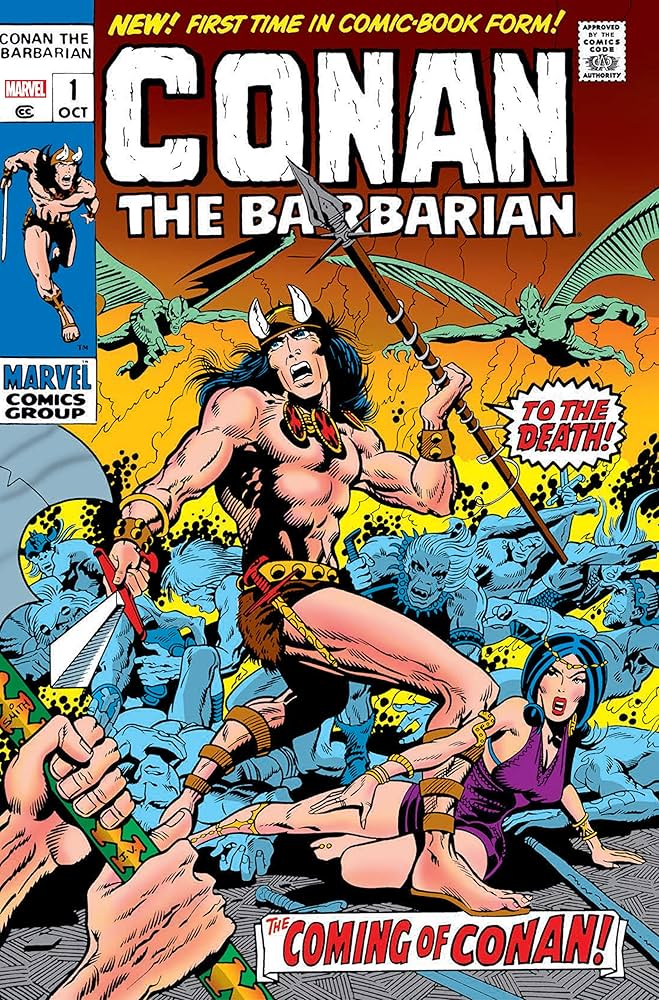

Roy Thomas, a self-proclaimed fan of Robert E. Howard’s stories, was the primary advocate for bringing Conan to Marvel. The opportunity arose when Roy was tasked with searching for famous literary intellectual properties to be adapted into Marvel comics. After failed attempts to acquire other characters, he pitched the idea of adapting Conan into comics. However, convincing the publisher was not easy, as Marvel was skeptical about the success of a barbarian fantasy series. Thomas persisted, arguing that Conan had a unique appeal and could attract a loyal audience. Eventually, he gained approval, and Conan the Barbarian debuted in October 1970. So confident in the character’s success, Roy Thomas personally paid part of the character’s royalties to the rights holders in order to publish the comic. From the start, he wanted John Buscema to illustrate the character, but due to budget concerns, the novice Barry Windsor-Smith was chosen instead.
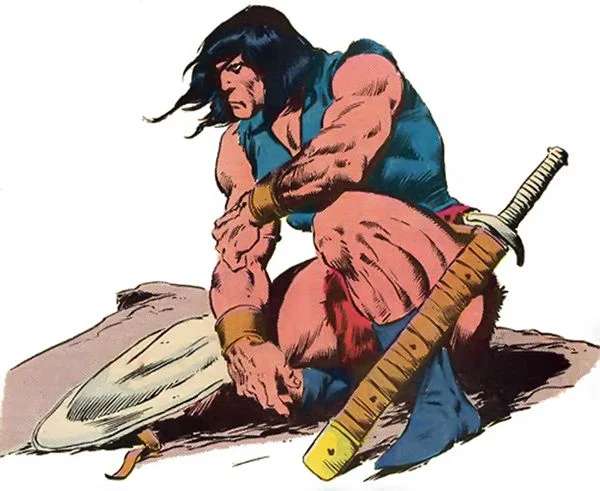
Conan the Barbarian became an immediate success, leading Marvel to expand its Conan publications. The Savage Sword of Conan was then launched. To bypass issues with the Comics Code Authority, which was still in effect at the time, this magazine was printed in a larger format and in black-and-white. This time, Roy Thomas worked with John Buscema, creating some of the character’s most iconic stories, incorporating the violence, sexuality, and philosophical questioning of life found in Howard’s original works. To this day, many fans consider this the best creative duo for Conan in comics. In addition to the two main series, Marvel launched King Conan, which explored Conan’s adventures during his reign, as well as several other series and mini-series about the character.

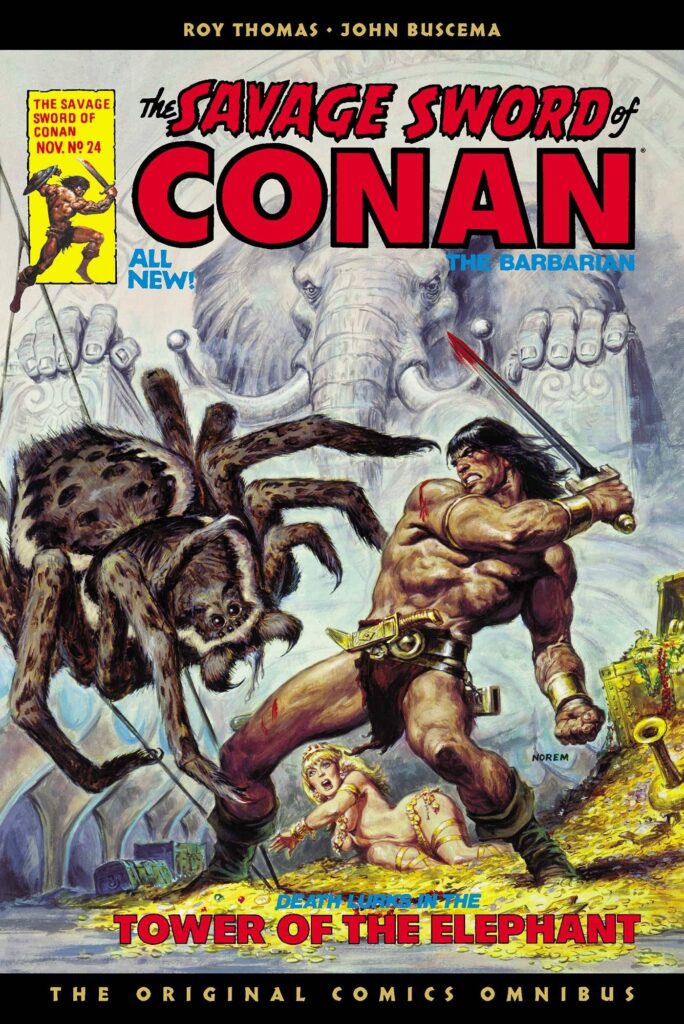
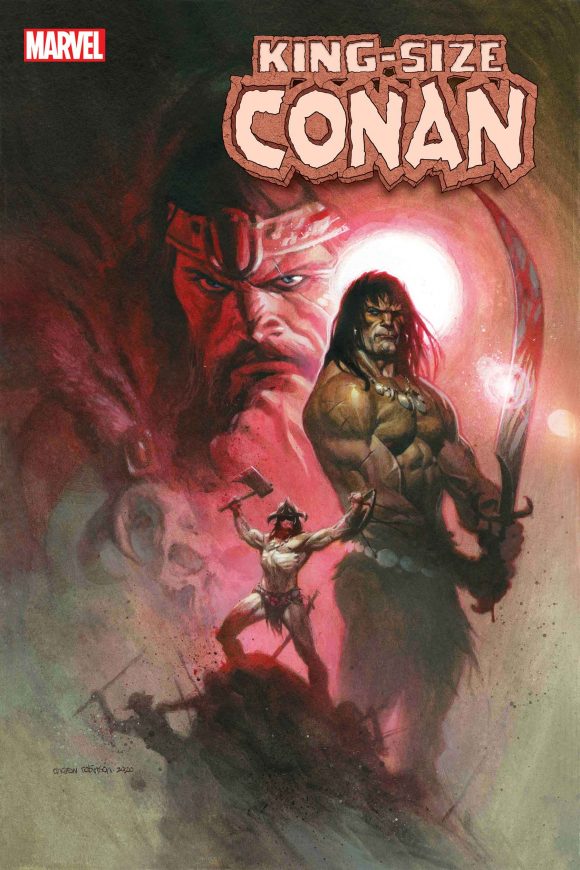
In Brazil, the magazine A Espada Selvagem de Conan was an overwhelming success, both critically and commercially, ranking among the best-selling magazines of all time, rivalling publications not only in comics but also in news and other genres.
The Transition to Dark Horse Comics
In 2003, the publication rights for Conan were acquired by Dark Horse Comics. The publisher launched several successful series, exploring different aspects of Conan’s life and bringing a new interpretation to the character. The main series, simply titled Conan, was written by Kurt Busiek and illustrated by Cary Nord. This series was well-received by critics and fans, praised for its respect for Howard’s original works and its artistic innovations.
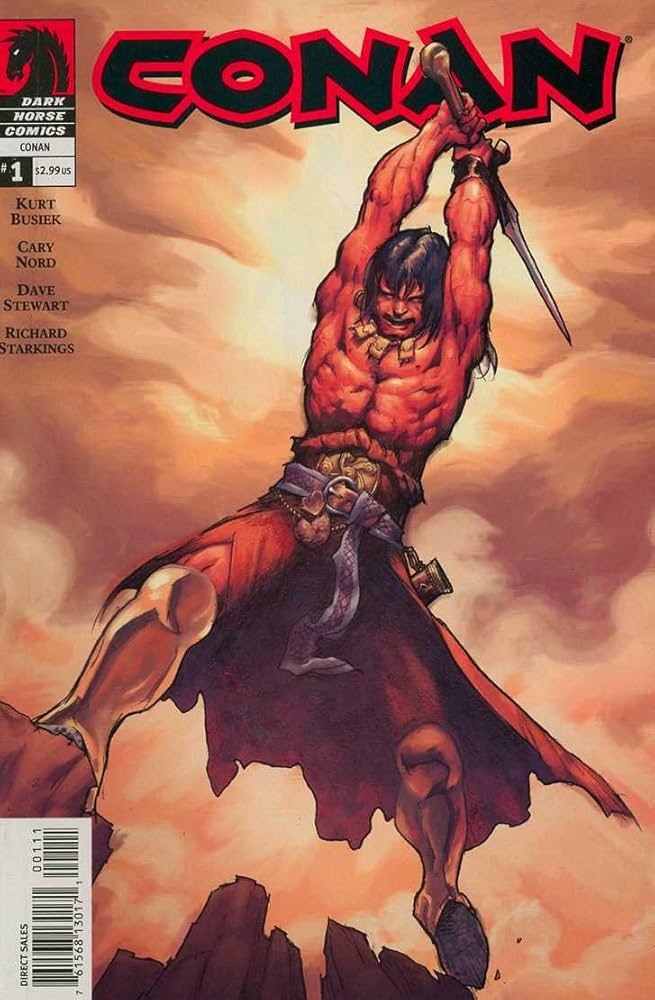


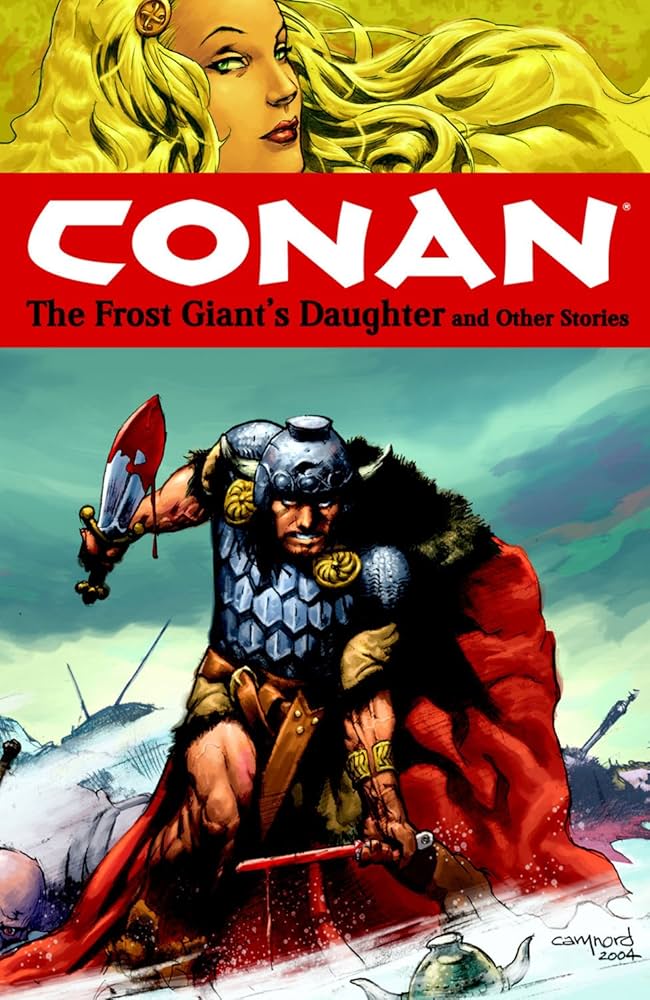
Other notable Dark Horse titles include Conan the Cimmerian, Conan: Road of Kings, and King Conan. These series continued to expand Conan’s universe, exploring new stories and retelling Howard’s classics with a modern approach.
Return to Marvel and New Departure
In 2018, Marvel reacquired the rights to Conan and launched new series that combined the classic style with modern approaches, even featuring crossovers between Conan and Marvel’s superheroes—something that had been done in his earlier tenure with the publisher but now in a much more consistent manner, including a monthly title called Savage Avengers. Among the new titles were Conan the Barbarian, written by Jason Aaron and illustrated by Mahmud Asrar, and Savage Sword of Conan, written by Gerry Duggan and illustrated by Ron Garney. These new series were well-received, celebrating Conan’s legacy while introducing the character to a new generation of readers. However, they did not achieve the sales success Marvel had hoped for, and in 2022, the rights to Conan were once again transferred, this time to Titan Comics, where they remain at the time of this article. Titan has promised to continue Conan’s tradition with new stories that honor the character’s legacy and expand his universe. This move signals yet another shift in the Cimmerian’s publishing trajectory, promising new adventures and interpretations of the iconic barbarian.
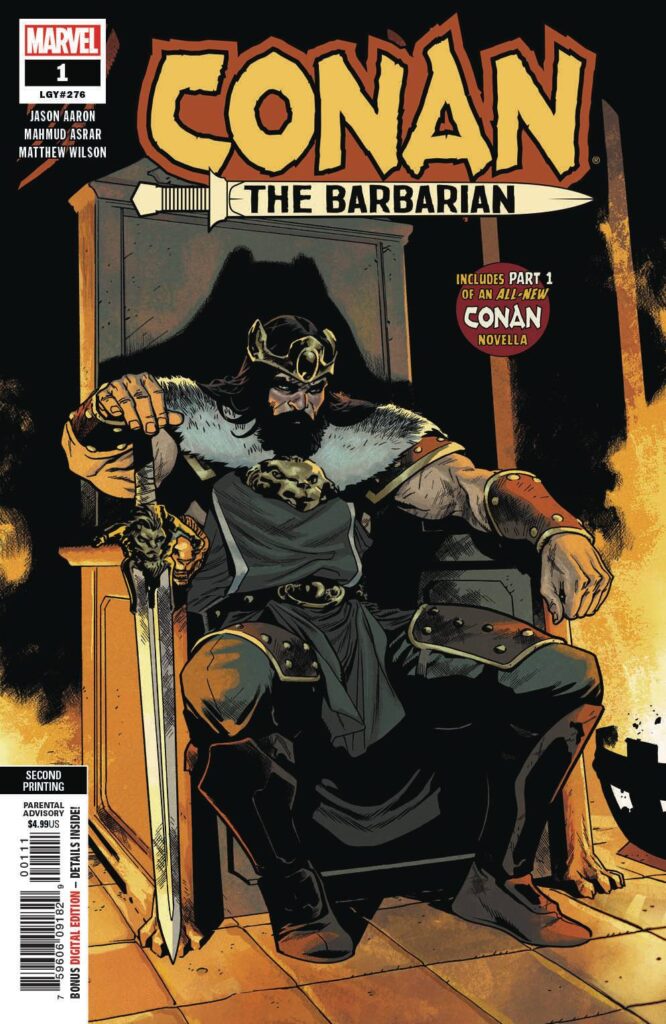
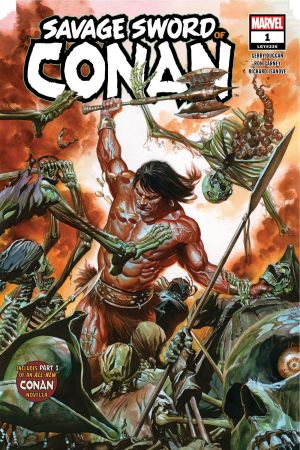
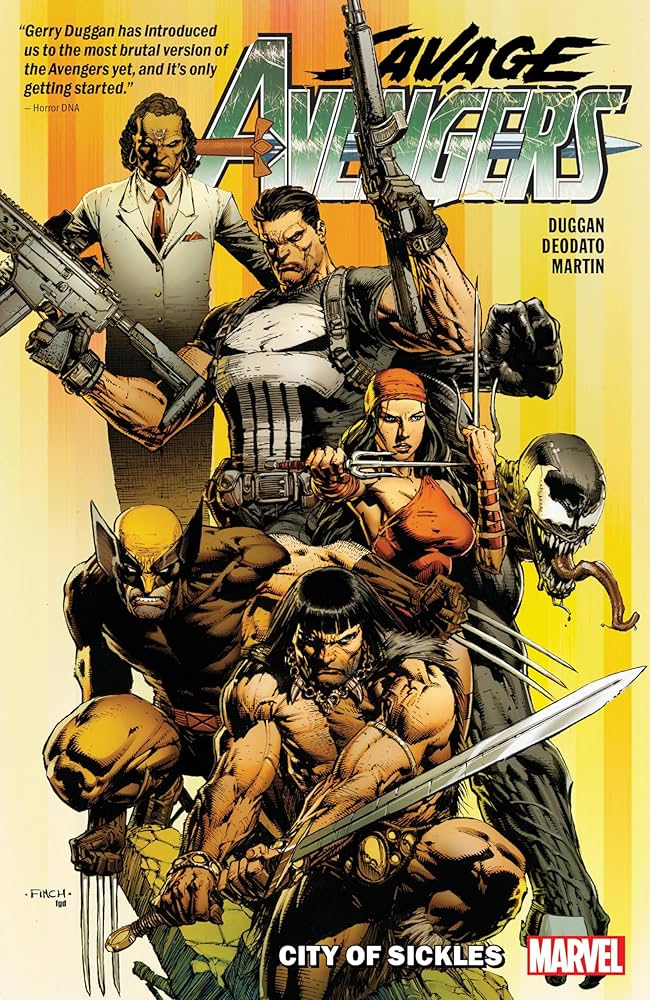
The importance of Conan in comics to the character’s popularity is undeniable, as it was through illustrated pages that he reached a broader and more diverse audience. The debut of Conan the Barbarian by Marvel Comics in 1970, under the writing of Roy Thomas and the art of Barry Windsor-Smith, not only revitalized the fantasy genre in comics but also ushered in the Bronze Age of comics, expanding the Cimmerian’s universe with rich narratives and detailed visuals. Subsequent series like Savage Sword of Conan and King Conan explored different phases of the character’s life, introduced more adult themes to the medium, and helped solidify his presence in pop culture. Besides introducing Conan to new readers, these publications kept Robert E. Howard’s legacy alive, inspiring countless other adaptations and ensuring that Conan remains a central figure in the collective imagination.
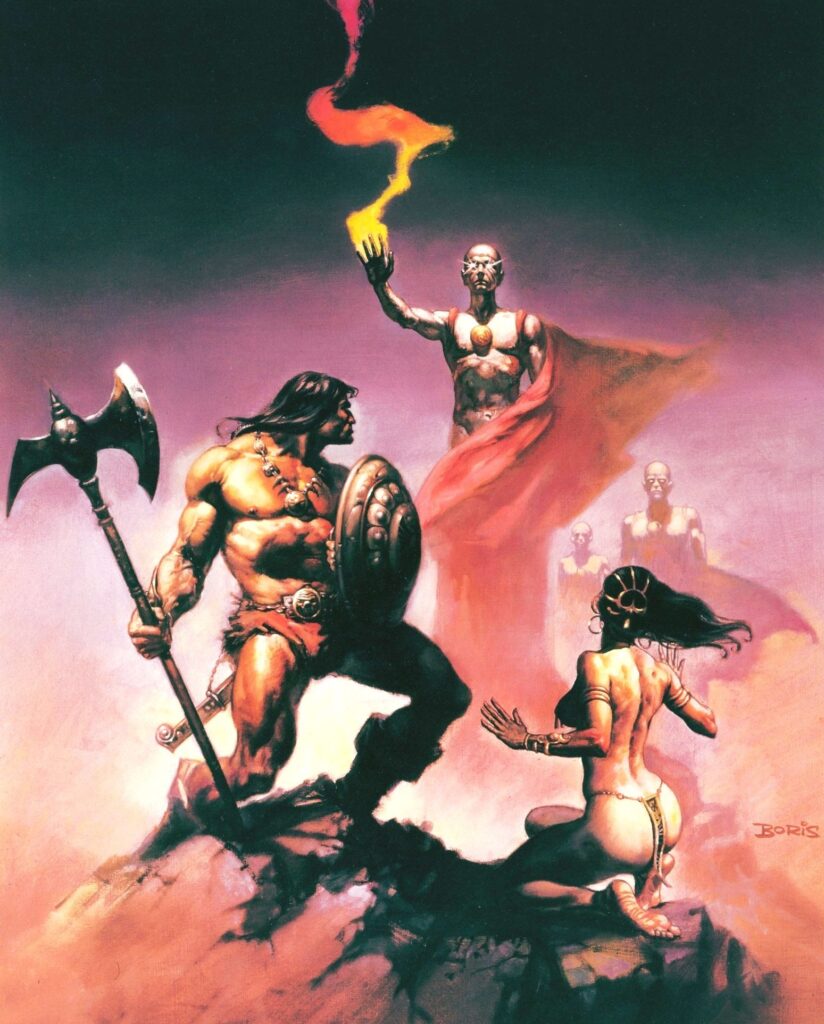
Links to purchase some of the comics mentioned in the text:
- The Cimmerian Vols 1-4 Box Set (CIMMERIAN BOX SET)
- KING CONAN CHRONICLES EPIC COLLECTION: PHANTOMS AND PHOENIXES
- CONAN CHRONICLES EPIC COLLECTION: BLOOD IN HIS WAKE
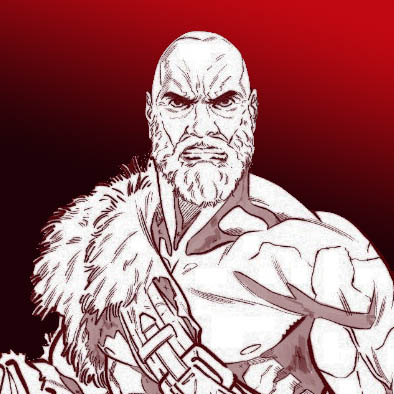
Article by Victor X
Victor Schmidt’s lifelong passions for literature and sports led him to discover his true love in superhero comics. Driven by an unyielding pursuit of the perfect story, Victor channels his energy into delivering insightful and valuable content to the comic book community while continuously refining his craft as a writer. In addition to his writing, he serves as an editor and creative reviewer, ensuring that every piece he touches is polished, impactful, and resonates with readers.
